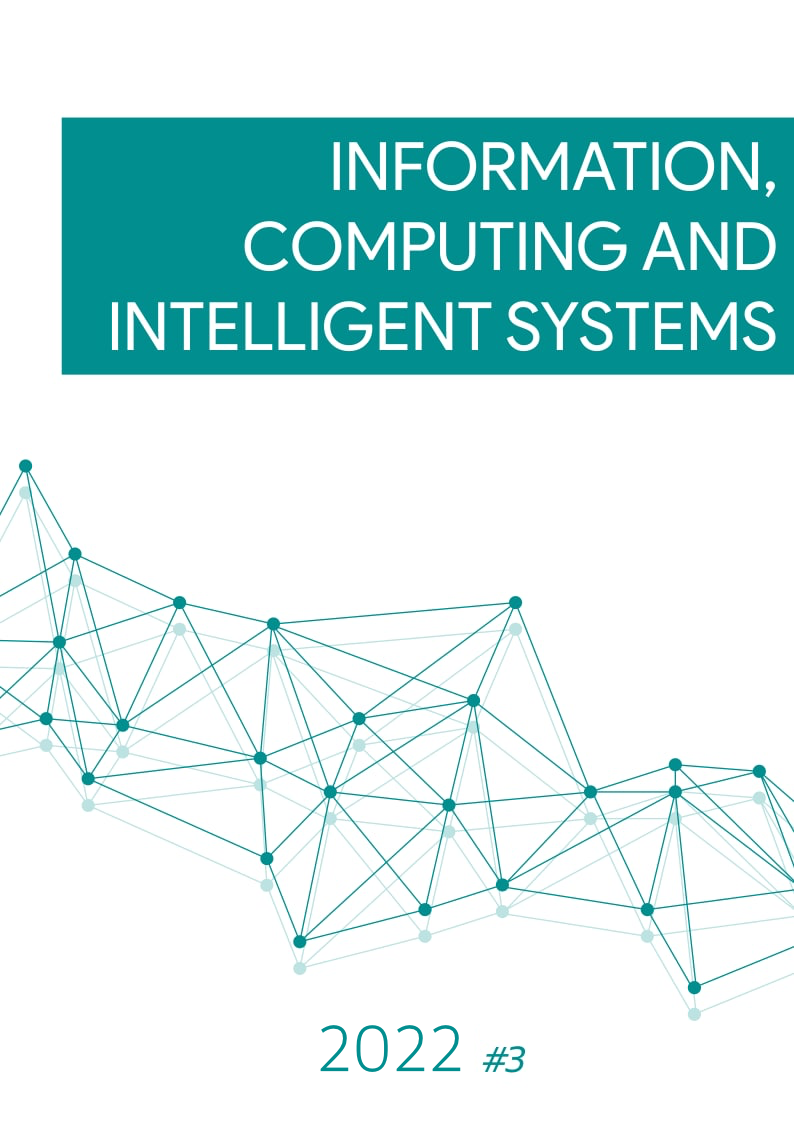ZERO-KNOWLEDGE IDENTIFICATION OF REMOTE USERS BY UTILIZATION OF PSEUDORANDOM SEQUENCES
DOI:
https://doi.org/10.20535/2708-4930.3.2022.269112Keywords:
Zero-knowledge identification, chain of passwords, cryptographically strong identification, generators of pseudo-random bit sequences, middle attacksAbstract
The object of the research described in the article is the process of cryptographically strict identification of participants in remote information interaction, which provides the possibility of protection against session interception by outsiders.
The purpose of the work is to increase the effectiveness of cryptographically strict identification of participants in remote information interaction due to the acceleration of the identity confirmation process, as well as by organizing secondary cycles of contact control to counteract interaction interception.
The goal is achieved through the additional use of secondary identification cycles, which are carried out periodically during the interaction session and allow detecting the fact that the interaction was intercepted by the attacker. A single cryptographic mechanism – generators of pseudo-random binary sequences – is used to implement primary and secondary identification. In addition to implementing cryptographically strict identification, this mechanism can be used for fast stream encryption of data exchanged by participants of interaction.
In the article, the identification scheme based on the concept of "zero knowledge" with the use of irreversible generators of pseudo-random bit sequences is theoretically justified, developed and researched in detail. Session passwords form a chain formed by random sequence values. Secondary identification sessions are provided in the proposed scheme to counteract attacks with the imprinting of one of the remote interaction parties. The main elements of the proposed identification scheme are developed in detail: authorization procedures, primary and secondary identification.
It is theoretically proven that the task of breaking the proposed method of cryptographically strict identification is identical to the prediction of the binary sequence formed by the generator. For standardized cryptographic generators of pseudorandom sequences, the solution of this problem is beyond the technical capabilities for most practical applications. It is theoretically and experimentally proven that the proposed cryptographically strict identification scheme provides 2-3 orders of magnitude faster performance compared to known schemes that use irreversible number theory transformations and is an order of magnitude faster than identification schemes based on a chain of hash transformations.




